No Glue Craft Ideas for Mess-Free Fun with Kids
Are you tired of dealing with sticky fingers and messy tables after craft time with your kids? Look no further! In this article, we're diving into a world of creative and engaging craft projects that require no glue at all. Yes, you heard that right! These ideas not only promote creativity but also ensure a fun and mess-free experience for your little ones. Imagine the joy of crafting without the stress of cleanup! From transforming everyday items into artistic masterpieces to exploring the wonders of nature, there’s something here for every young artist. So, grab your markers, scissors, and a sprinkle of imagination, and let’s get started on these delightful no-glue crafts!
Transforming simple paper plates into adorable animal faces is a fantastic way to spark your child's creativity. All you need are some markers, scissors, and a dash of imagination. This craft is super easy to follow and encourages kids to express themselves without any adhesive. Just think about it: a plain paper plate can become a roaring lion, a sleepy panda, or even a colorful parrot! The possibilities are endless. Plus, it’s a great way for kids to learn about different animals while having a blast. They can decorate their creations with patterns, colors, and textures, making each animal unique. Why not host a little art show afterward? It’s a perfect way to celebrate their hard work!
Getting outside and collecting leaves, flowers, and twigs can be an adventure in itself! With these natural treasures, children can create beautiful collages that connect them with the great outdoors. This eco-friendly craft allows kids to explore various textures and colors while avoiding the mess of glue. Just imagine a vibrant collage made from colorful petals and interesting bark! Not only does this activity keep them engaged, but it also fosters a deeper appreciation for nature. As they gather materials, you can encourage them to observe their surroundings closely and talk about the different plants they find.
Incorporating seasonal elements into nature collages can be both educational and fun. For instance, during spring, kids can use colorful petals and leaves to create vibrant spring-themed collages. This project can inspire discussions about growth, blooming, and the beauty of the season. On the other hand, during autumn, gathering various leaves can lead to stunning collages that showcase the rich colors of fall. This activity not only promotes creativity but also helps children learn about seasonal changes in a hands-on way. Each season brings its own unique materials and lessons, making this a craft that can be revisited throughout the year!
Spring is a magical time when flowers bloom and colors burst forth. Using petals and leaves collected from your garden or local park, kids can create stunning collages that reflect the beauty of spring. This project is perfect for sparking conversations about nature’s cycles and the importance of flowers in our ecosystem. As they work on their collages, ask them questions like, "What colors do you see?" or "How do flowers grow?" This way, crafting becomes an enriching learning experience!
As the leaves turn golden and crimson, it’s the perfect opportunity to gather these natural wonders for crafting. Kids can collect various autumn leaves to craft stunning collages that showcase the rich colors of fall. This activity not only promotes creativity but also helps them learn about the changing environment. Encourage them to think about the different shapes and sizes of leaves while discussing why trees shed their leaves in autumn. It's a fun way to combine art and science!
Encouraging kids to explore different materials like fabric scraps, buttons, and paper in their artwork can lead to some truly imaginative creations. This hands-on activity fosters creativity and resourcefulness without the need for glue. Just think of it as a treasure hunt around the house! Gather up those odds and ends and let your child's imagination run wild. They can create everything from funky creatures to abstract designs, all while learning about texture and composition. The best part? Cleanup is a breeze!
Utilizing everyday recyclable items such as cardboard boxes and plastic bottles can lead to imaginative crafts that reduce waste and teach children the importance of recycling. It’s like giving new life to items that would otherwise be thrown away! Kids can transform cardboard into imaginative sculptures or even playhouses. This craft promotes problem-solving skills as they figure out how to construct their designs without glue. Just think of the pride they’ll feel when they see their creations come to life!
Transforming cardboard into imaginative sculptures or playhouses is not only fun but also a fantastic way to engage your kids in creative thinking. They can cut, fold, and shape the cardboard into whatever their hearts desire. This craft promotes problem-solving skills as kids figure out how to construct their designs without glue. It’s like building a fort but with a creative twist!
Using colorful bottle caps to create unique mosaics or artwork is another exciting no-glue project. Kids can arrange the caps into patterns or pictures, encouraging them to think outside the box. This project encourages creativity and resourcefulness while keeping the crafting process clean and enjoyable. You might even end up with some stunning pieces of art to display around the house!
- What age is appropriate for these crafts? These no-glue crafts are suitable for children of all ages, but adult supervision is recommended for younger kids, especially when using scissors.
- Do I need special materials? Most of the materials can be found around your home or in nature, making these crafts budget-friendly and accessible.
- How can I encourage my child’s creativity? Allow them to express themselves freely, provide a variety of materials, and ask open-ended questions to inspire their imagination.
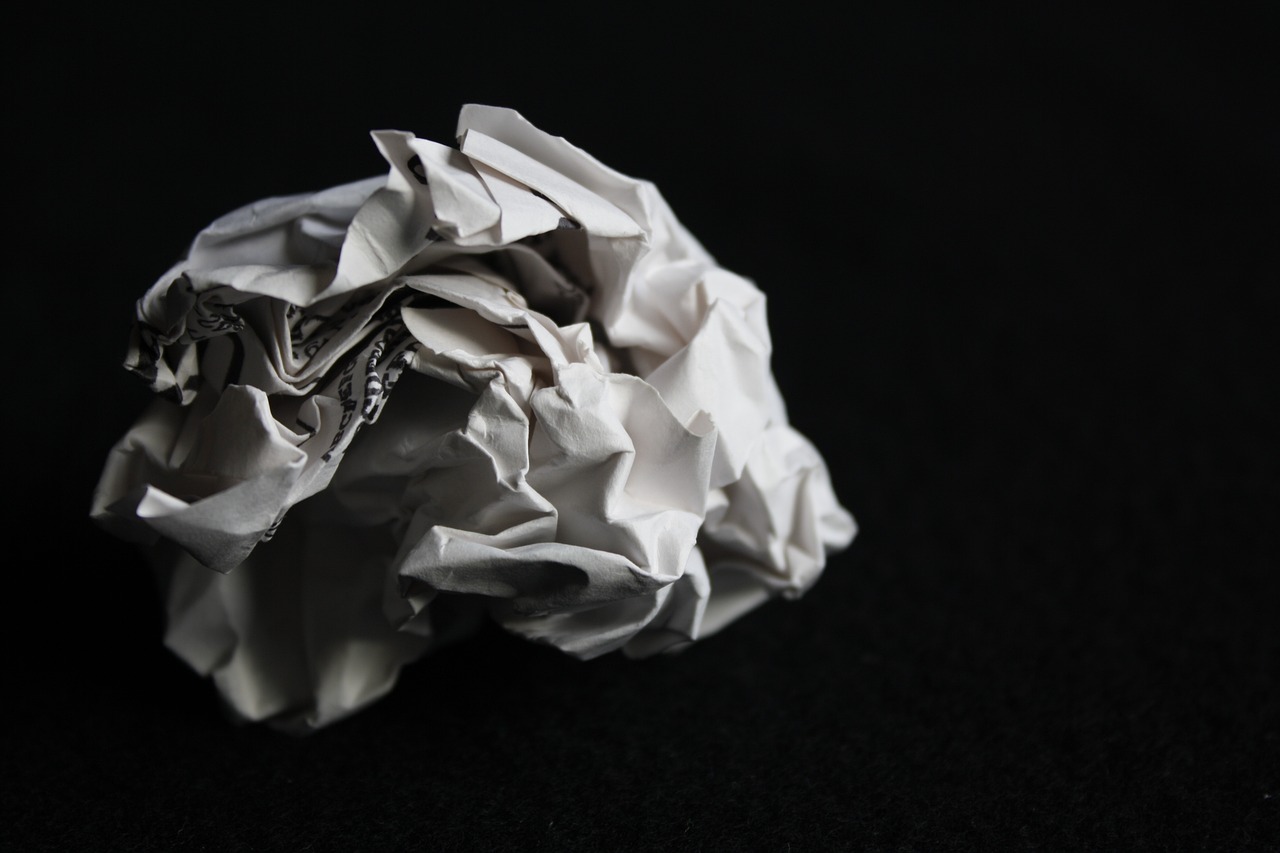
[Paper Plate Animals]
Creating Paper Plate Animals is not only an enjoyable activity for kids but also a fantastic way to spark their imagination! With just a few simple materials like paper plates, markers, and scissors, children can transform these ordinary items into a zoo of colorful creatures. Imagine a world where a paper plate can become a lion, a panda, or even a whimsical unicorn! The beauty of this craft is that it requires no glue, making it mess-free and easy to clean up afterwards. Kids can dive right into the fun without the fear of sticky fingers and spilled glue.
To get started, gather your supplies:
- Paper plates
- Markers or crayons
- Scissors
- Googly eyes (optional)
- Craft paper (for additional features)
Now, let's dive into the creative process! First, have the kids choose an animal they’d like to create. They can draw the animal’s features directly on the paper plate or cut out shapes from craft paper to add dimension. For example, they might cut out ears for a cat or a beak for a bird. This not only allows them to express their creativity but also helps develop their fine motor skills as they cut and color. Encourage them to think outside the box—what would a purple elephant look like? How about a polka-dotted giraffe? The sky's the limit!
Once they’ve finished decorating their paper plate animals, they can even stage a mini zoo or puppet show, bringing their creations to life. This activity promotes imaginative play and storytelling, allowing kids to engage in role-playing scenarios that can lead to hours of entertainment. Plus, it’s a wonderful way for parents to bond with their children, as they can join in the fun and create their own animal masterpieces!
In addition to the artistic aspect, this craft can also be educational. Parents can take this opportunity to teach kids about different animals, their habitats, and behaviors. For instance, while making a lion, you could discuss where lions live and what they eat. This blend of creativity and learning makes the paper plate animal project a multifaceted experience that kids will cherish.
So, gather those paper plates and unleash your child's creativity with this delightful, glue-free project. Watch as they create their own animal kingdom, all while enjoying a mess-free crafting experience that encourages both imagination and learning!
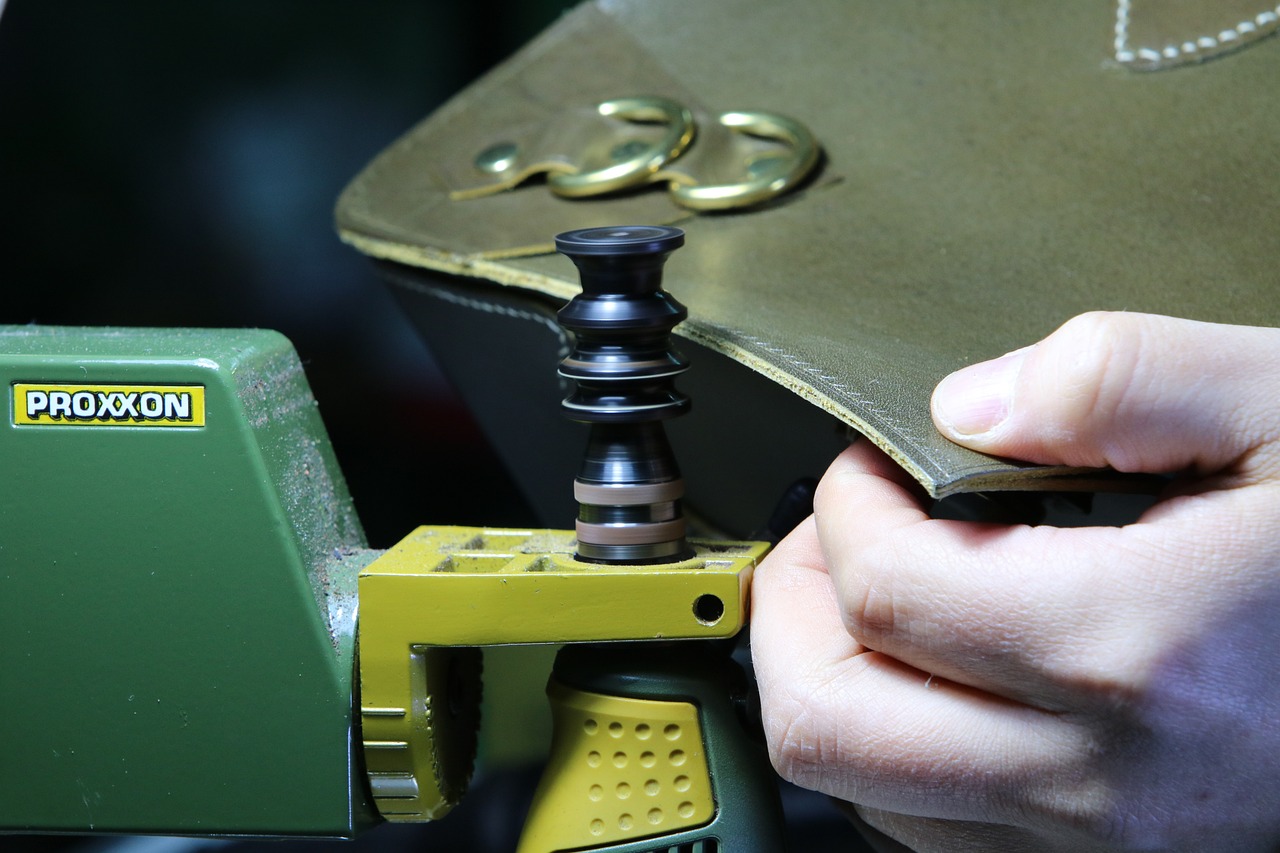
[Nature Collages]
Creating nature collages is an exciting way for kids to connect with the world around them while unleashing their creativity. All you need are some basic materials—like leaves, flowers, twigs, and a sturdy piece of paper or cardboard. This craft not only fosters artistic expression but also encourages children to explore the textures, colors, and shapes found in nature. Imagine walking through a park or your backyard, collecting various natural treasures that will soon become part of a beautiful collage. It's like a treasure hunt, but instead of gold, you're gathering the vibrant hues of nature!
To get started, simply head outdoors and let your little ones gather an assortment of materials. They can pick up different types of leaves, colorful petals, and interesting twigs. The beauty of this craft lies in its simplicity; there’s no right or wrong way to arrange the items. Kids can experiment with layering and overlapping to create depth and dimension in their artwork. Plus, this hands-on activity allows them to engage their senses—feeling the rough texture of bark or smelling the sweet scent of flowers adds a whole new level of enjoyment.
Incorporating seasonal elements into these collages can turn a simple craft into an educational experience. For example, during spring, children can gather vibrant petals and fresh green leaves, creating a collage that reflects the rejuvenation of nature. This project can spark discussions about growth, blooming, and the beauty of the season. What better way to teach kids about the world than through their own creative expression?
Similarly, in autumn, kids can collect a variety of leaves in stunning shades of red, orange, and yellow. These leaves can be arranged to showcase the rich colors of fall, providing a visual representation of the changing environment. This activity not only promotes creativity but also helps children learn about seasonal changes and appreciate the beauty of nature in its various forms.
During spring, encourage your kids to use colorful petals and leaves to create vibrant collages. They can experiment with different arrangements, creating flowers and other shapes that mimic what they see in nature. This not only allows for artistic expression but also opens up discussions about the life cycle of plants and the importance of flowers in our ecosystem. It's a wonderful way to blend art with science!
As autumn rolls around, gather various leaves to craft stunning collages that showcase the rich colors of the season. The process of collecting leaves can be a fun family activity, and once they’re home, kids can arrange them in a way that tells a story or expresses their feelings about fall. This activity not only promotes creativity but also helps children learn about seasonal changes, fostering a deeper appreciation for the environment.
In summary, nature collages are a fantastic way to engage kids in a creative, educational, and eco-friendly activity. They allow children to explore their surroundings, express their artistic talents, and learn about the world in a hands-on manner—all while avoiding the mess of glue!
Q: What materials do I need for nature collages?
A: You'll need items like leaves, flowers, twigs, and a base such as cardboard or thick paper. No glue is required!
Q: Can we do this craft year-round?
A: Absolutely! You can create nature collages in any season by using materials that reflect the current environment.
Q: How can I make this activity more educational?
A: Discuss the different types of plants and animals you encounter while collecting materials, and consider incorporating themes related to the seasons or ecosystems.
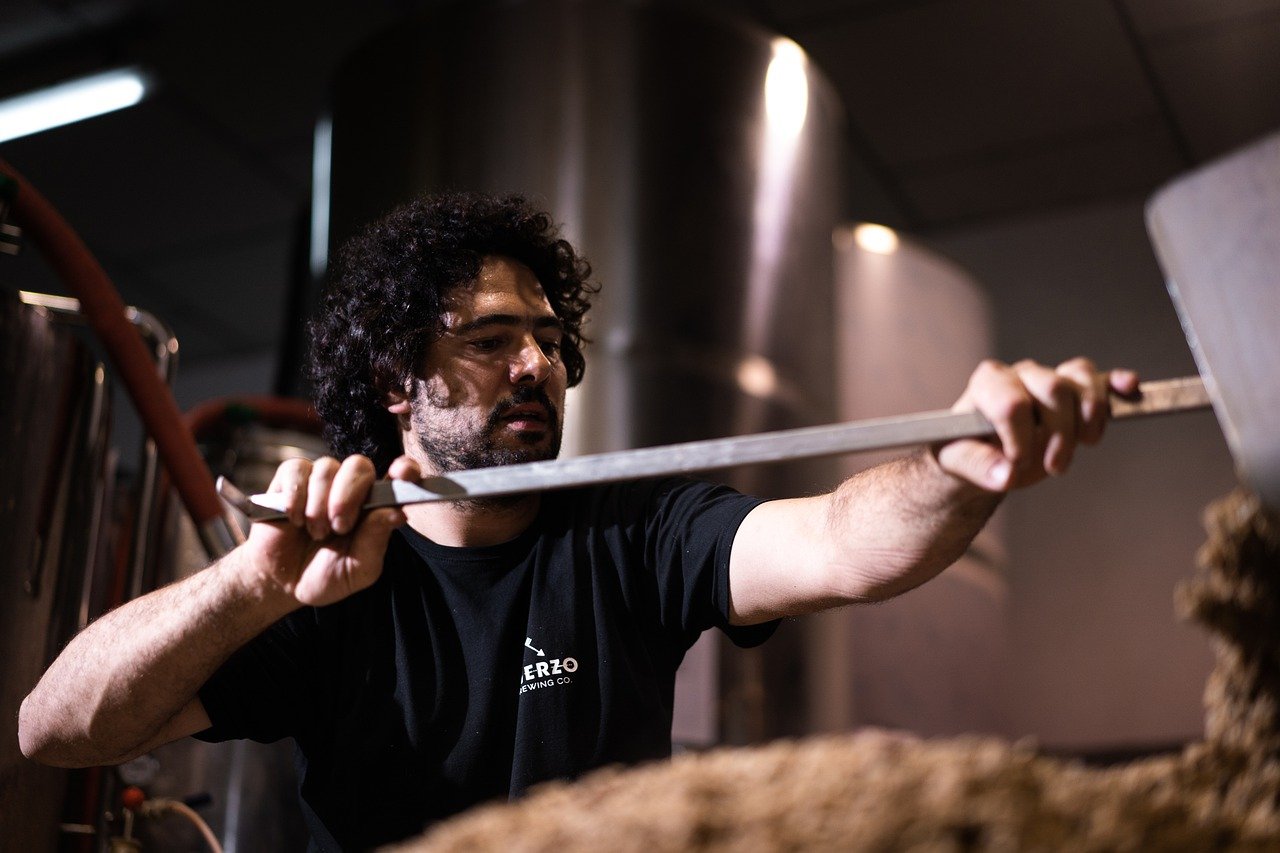
[Seasonal Themes]
Incorporating seasonal themes into your nature collages can be a delightful way to teach kids about the environment while sparking their creativity. Each season brings unique colors, textures, and elements that can be used to create stunning artworks. Think of it as a canvas where nature itself provides the palette! By using materials that reflect the changing seasons, children can develop a deeper appreciation for the world around them. Imagine the vibrant colors of spring or the warm hues of autumn—each season offers its own artistic inspiration.
When creating seasonal collages, encourage kids to observe their surroundings closely. For example, during spring, they can gather colorful petals and fresh leaves, turning their findings into a beautiful collage that celebrates the rebirth of nature. This not only fosters creativity but also opens up discussions about growth, blooming, and the beauty that comes with the season. On the other hand, autumn brings its own charm with a variety of leaves in shades of orange, red, and yellow. Kids can collect these leaves and use them to craft stunning collages that showcase the rich colors of fall. This activity not only promotes creativity but also helps children learn about seasonal changes.
Here’s a quick table summarizing the seasonal themes and materials kids can use:
| Season | Materials | Discussion Points |
|---|---|---|
| Spring | Colorful petals, fresh leaves, twigs | Growth, blooming, renewal |
| Summer | Shells, sand, flowers | Sunshine, warmth, outdoor adventures |
| Autumn | Various leaves, acorns, pine cones | Change, harvest, preparation for winter |
| Winter | Evergreen branches, snowflakes (paper), berries | Rest, reflection, holiday celebrations |
By engaging in these seasonal crafts, children not only create beautiful art but also learn valuable lessons about the environment and the importance of being observant. This hands-on approach to learning encourages them to explore outside, collect materials, and create something truly unique. So, let their imaginations run wild as they transform nature’s bounty into stunning collages that reflect the beauty of each season!
Q1: What materials do I need for seasonal collages?
A: You can use natural materials like leaves, flowers, twigs, and even items found around your home like paper and fabric scraps.
Q2: How can I encourage my kids to observe nature more closely?
A: Take them on nature walks, ask them to describe what they see, and encourage them to collect materials that inspire them for their collages.
Q3: Are there any safety tips I should consider?
A: Always supervise children when using scissors and ensure they are using safe, non-toxic materials for their crafts.
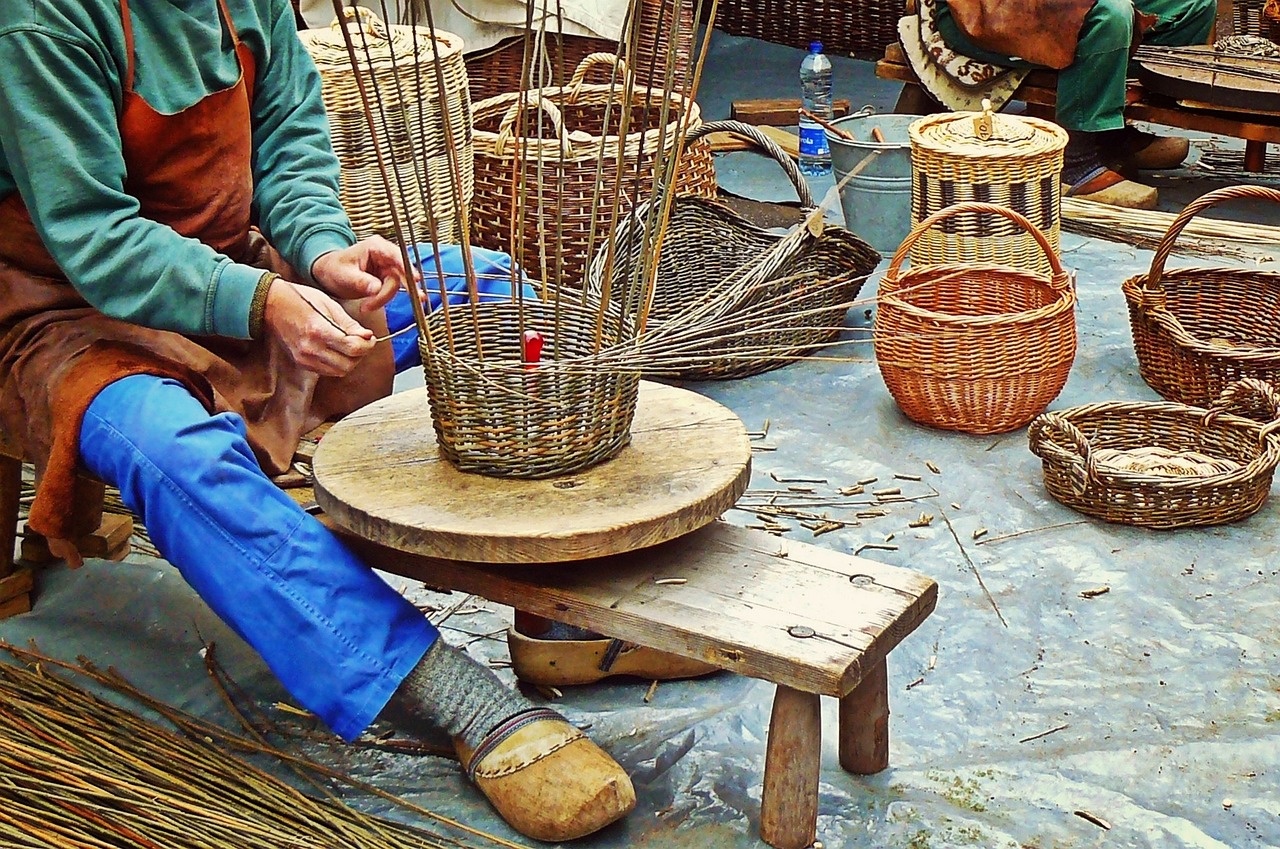
[Spring Flowers]
Spring is a magical time when the world bursts into color, and what better way to celebrate this vibrant season than with a fun and creative craft project? Using colorful petals and leaves, children can create their own stunning spring-themed collages. This activity not only allows kids to express their artistic flair but also serves as an excellent opportunity to discuss the beauty of nature and the concept of growth. Imagine transforming a simple piece of paper into a breathtaking garden filled with flowers, all without a drop of glue!
To start this delightful project, gather some supplies. You’ll need:
- Colorful petals from various flowers
- Fresh leaves in different shapes and sizes
- Scissors
- A piece of sturdy paper or cardboard
- Markers or crayons for additional decoration
Once you have everything ready, the fun can begin! Encourage the kids to explore their surroundings and collect a variety of petals and leaves. This not only makes the project more engaging but also teaches them about the different types of plants and flowers that bloom during spring. As they gather materials, ask them questions like, "What colors do you see?" or "How does this petal feel?" This interaction will spark their curiosity and deepen their appreciation for nature.
After collecting the materials, it’s time to create! Kids can arrange the petals and leaves on their paper however they like, creating unique floral designs. They can layer petals to form flowers, use leaves as stems, or even make a beautiful garden scene. The best part? There’s no right or wrong way to do it! This freedom of expression encourages creativity, allowing each child’s personality to shine through their artwork.
Once they’re satisfied with their arrangement, they can secure the petals and leaves in place by simply pressing them down firmly. For added flair, they can use markers or crayons to draw additional elements like butterflies or sun rays, bringing their spring collage to life. This not only enhances their artwork but also allows them to practice fine motor skills as they draw and manipulate the materials.
As the kids work on their collages, take the opportunity to discuss the significance of spring. Talk about how flowers bloom, trees grow new leaves, and the world awakens after a long winter. This discussion can lead to a deeper understanding of the life cycle and the importance of nature in our lives. You might even consider incorporating a small science lesson about the types of flowers they used in their collages!
In conclusion, creating spring flower collages is a fantastic way to celebrate the season while encouraging creativity and learning. It’s a simple, mess-free craft that can be enjoyed indoors or outdoors, making it perfect for any setting. So, gather those colorful petals and let the kids' imaginations blossom!
Q: What types of flowers are best for this project?
A: Any colorful, non-toxic flowers are great! Daisies, pansies, and violets are particularly lovely in spring. Just ensure they are safe for children to handle.
Q: Can we use dried flowers instead?
A: Absolutely! Dried flowers can add a unique texture and color to the collages, and they are easier to handle than fresh ones.
Q: What if we don't have access to flowers?
A: No worries! You can use colored paper or magazines to cut out flower shapes. Creativity knows no bounds!
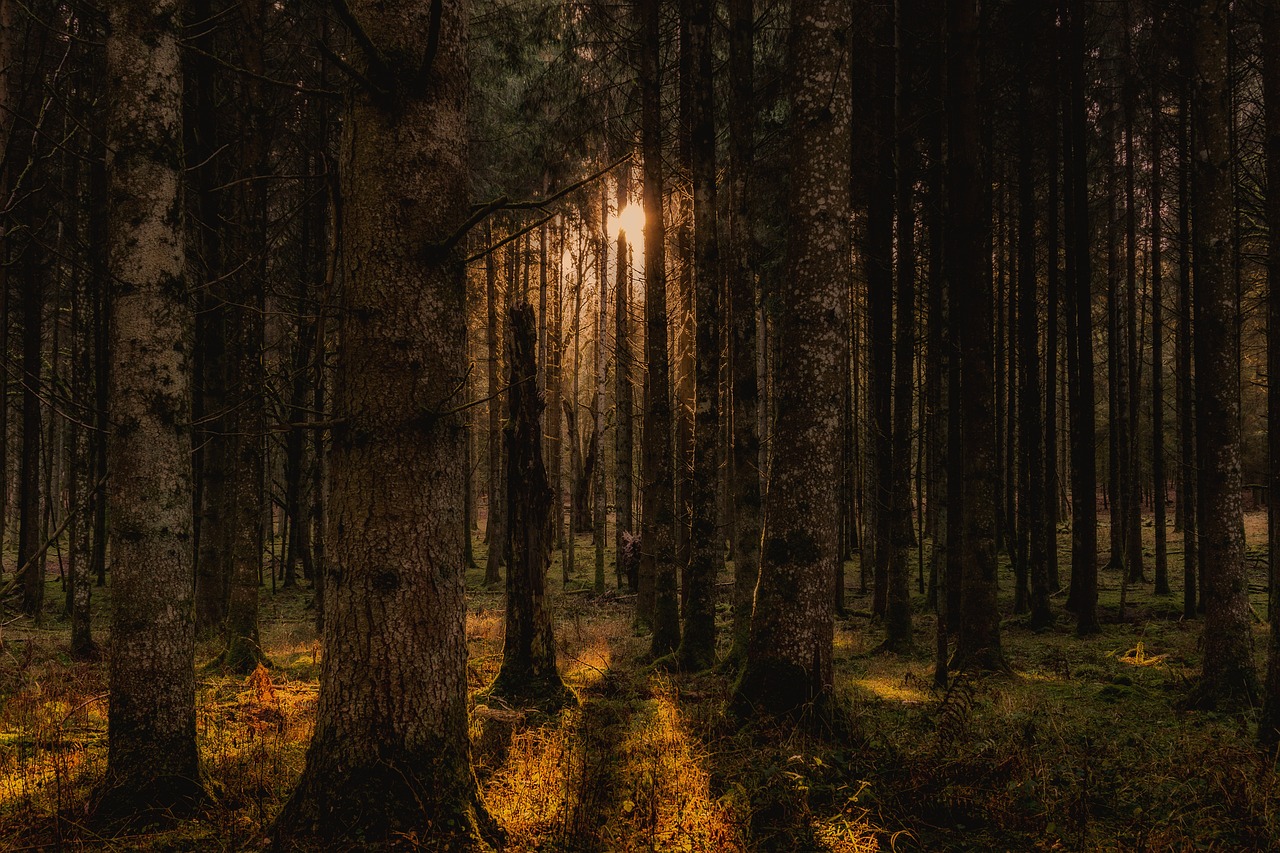
[Autumn Leaves]
As the air turns crisp and the days grow shorter, autumn brings a spectacular display of colors that can ignite a child's imagination. Gathering autumn leaves can be an exciting adventure, where kids can explore their surroundings and collect an array of leaves in vibrant hues of red, orange, and yellow. This simple activity of crafting with leaves not only fosters creativity but also provides a wonderful opportunity to teach children about the seasonal changes in nature. Imagine the joy on their faces as they discover the unique shapes and sizes of leaves, each telling a story of its own!
Once your little ones have gathered their treasures, it's time to unleash their creativity! Using just some paper or cardboard as a base, children can arrange their leaves in various patterns to create stunning collages. They can layer leaves to add depth and texture, turning a simple piece of paper into a vibrant masterpiece. This hands-on activity encourages artistic expression while steering clear of messy glue, allowing for a cleaner crafting experience. Plus, it’s a fantastic way to engage in discussions about the environment and the life cycles of trees.
To make this activity even more enriching, consider incorporating some educational elements. Here are a few ideas to enhance the crafting experience:
- Leaf Identification: Encourage kids to identify the different types of leaves they collect. You can create a simple chart with pictures of common trees and their leaves for reference.
- Color Exploration: Discuss the various colors of leaves and why they change in the fall. This can lead to exciting conversations about photosynthesis and the science behind seasonal changes.
- Nature Walks: Organize a nature walk where children can observe not just leaves, but also other signs of autumn, like acorns or pine cones, and discuss how animals prepare for winter.
Incorporating these elements can transform a simple craft project into an enriching educational experience. As children engage with nature, they develop a deeper appreciation for the environment, learning valuable lessons about sustainability and the importance of preserving our natural world. So, gather those autumn leaves, and let the creativity flow!
Q: What materials do I need for the autumn leaves craft?
A: You will need collected autumn leaves, paper or cardboard, and optional materials like markers or crayons for decoration.
Q: Can we use other materials along with leaves?
A: Absolutely! You can incorporate twigs, acorns, or even pine needles to add more texture and interest to your collages.
Q: What age group is this activity suitable for?
A: This craft is perfect for children of all ages. Younger kids may need assistance with arranging the leaves, while older kids can take charge of their designs.

[Mixed Media Art]
Mixed media art is an exciting and vibrant way for kids to unleash their creativity without the mess of glue. Imagine a world where children can combine various materials to create stunning pieces of art! This craft not only encourages self-expression but also introduces young artists to different textures, colors, and forms. By using items like fabric scraps, buttons, and paper, kids can explore their artistic abilities in a fun and engaging manner. The beauty of mixed media is that it allows for endless possibilities; each creation can be as unique as the child making it.
One of the most appealing aspects of mixed media art is its flexibility. Children can gather materials from around the house, making it a budget-friendly option for parents. Think about it: you can use old magazines, leftover wrapping paper, or even bits of yarn that are collecting dust in a drawer. The process of collecting these materials can be an adventure in itself, sparking conversations about recycling and the importance of reusing items. Plus, it teaches kids to see potential in everyday objects, turning trash into treasure!
When starting a mixed media project, encourage kids to think about a theme or story they want to tell through their artwork. For example, they might choose to create a “Under the Sea” collage using blue fabric for water, shiny sequins for fish scales, and green paper for seaweed. By guiding them to think about their creations in this way, you help them build a narrative that adds depth to their work.
To make the experience even more enriching, consider introducing a few techniques that can enhance their mixed media art:
- Layering: Encourage kids to layer materials for depth. For instance, placing a piece of fabric underneath a cut-out shape can create an interesting visual effect.
- Texture Exploration: Let them feel different materials and discuss how texture can affect the look and feel of their art.
- Color Mixing: If they use paint or colored materials, guide them in mixing colors to see how they can create new shades.
The magic of mixed media art lies in its ability to engage children on multiple levels. It’s not just about creating something visually appealing; it’s about the process of creation itself. As they cut, paste, and arrange their materials, they are developing fine motor skills, enhancing their problem-solving abilities, and boosting their confidence. Each completed piece is a testament to their hard work and imagination, making it a source of pride for both them and their parents.
In conclusion, mixed media art is a fantastic way to promote creativity in children while keeping the crafting experience enjoyable and mess-free. By providing them with a variety of materials and encouraging their imaginative processes, you’re not just helping them create art; you’re fostering a lifelong love for creativity and self-expression. So gather those materials, let the kids dive into their imaginations, and watch as they transform ordinary items into extraordinary works of art!
Q: What materials are best for mixed media art?
A: You can use a wide variety of materials, including fabric scraps, buttons, paper, cardboard, and even natural elements like leaves and twigs. The key is to encourage creativity and exploration!
Q: How do I encourage my child to start a mixed media project?
A: Start by discussing themes or stories they might want to express. Gather materials together and inspire them to think outside the box. The more they feel involved in the process, the more excited they will be to create!
Q: Is mixed media art suitable for all ages?
A: Yes! Mixed media art can be adapted for various age groups. Younger children may use larger materials and simpler techniques, while older kids can explore more complex ideas and finer details.
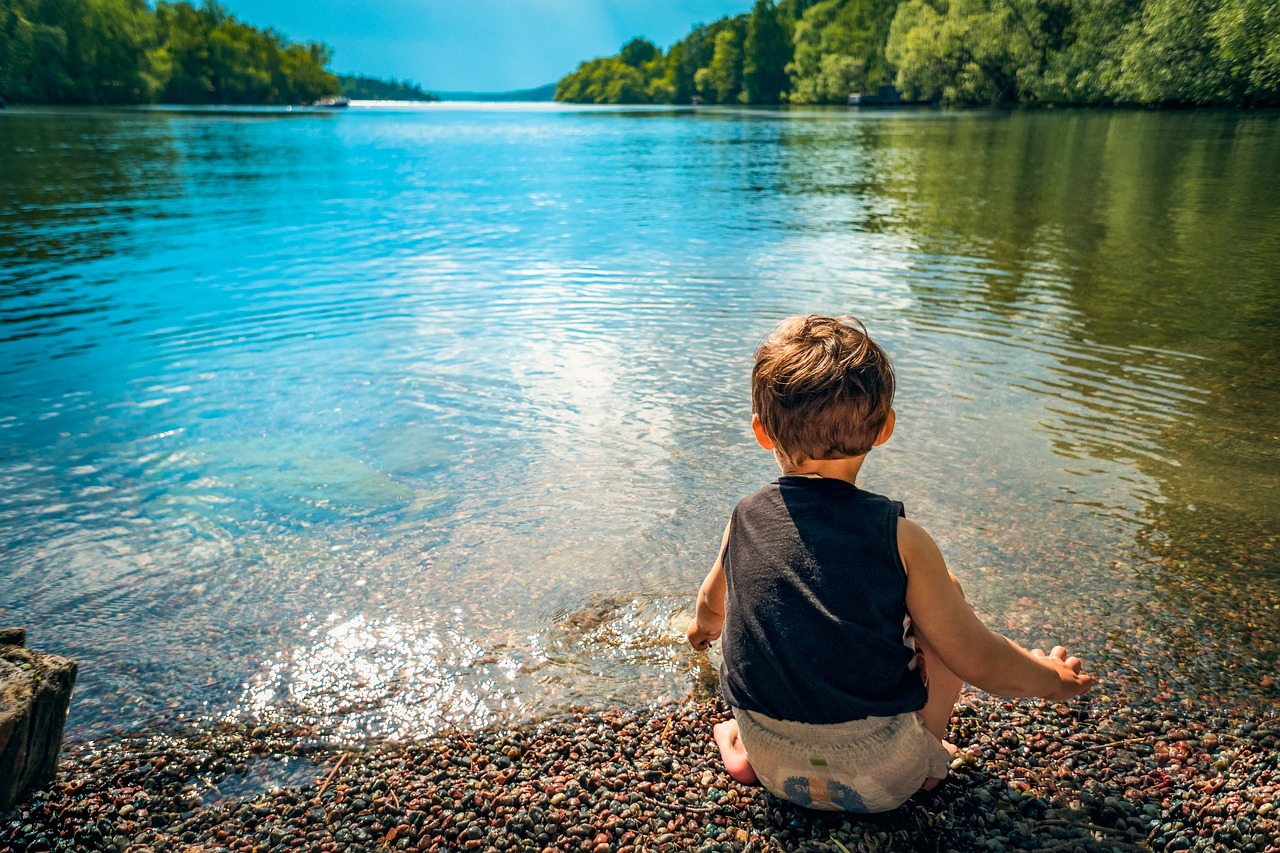
[Recycled Materials Crafts]
When it comes to crafting with kids, using recycled materials is a fantastic way to spark their creativity while also teaching them about sustainability. Imagine turning what would typically be thrown away into something beautiful and unique! This not only keeps your crafting area tidy but also encourages children to think outside the box and see potential in everyday items. From cardboard boxes to plastic bottles, the possibilities are endless, and the best part? No glue is required!
One of the most exciting aspects of using recycled materials is the opportunity for imaginative play. For instance, a simple cardboard box can be transformed into a spaceship, a cozy house, or even a magical castle. Encourage your kids to decorate their creations with markers, paint, or even scraps of fabric. This hands-on experience not only enhances their creative skills but also helps them develop problem-solving abilities as they figure out how to construct their designs without the aid of glue.
Here are a couple of fun projects to get you started:
- Cardboard Creations: Gather some cardboard from old boxes and cut them into various shapes. Kids can assemble these pieces into sculptures, vehicles, or even playhouses. The thrill of building something from scratch will keep them engaged for hours!
- Bottle Cap Art: Collect colorful bottle caps and challenge your little artists to create unique mosaics or abstract designs. This project not only encourages creativity but also teaches them about reusing materials in a fun way.
Additionally, you can set up a recycled materials station in your home. Fill a box with various items like:
| Material | Use |
|---|---|
| Cardboard | Sculptures, playhouses, and decorations |
| Plastic Bottles | Planters, bird feeders, and art projects |
| Egg Cartons | Animal crafts, flower shapes, and paint palettes |
| Old Magazines | Collages, paper beads, and decoupage |
This station can be a treasure trove of inspiration for your kids. Encourage them to explore and create freely. They can learn about the importance of recycling while having a blast crafting their masterpieces. Plus, the cleanup is a breeze since most of these materials are already intended for disposal!
Incorporating recycled materials into your crafting routine not only makes for a mess-free experience but also instills a sense of responsibility in children. They begin to understand the impact of waste and the importance of reusing materials, all while having fun. So gather those old boxes and bottles, and let the creativity flow!
Q: What types of materials can we use for recycled crafts?
A: You can use a variety of materials such as cardboard, plastic bottles, egg cartons, old magazines, and even fabric scraps. The key is to think creatively about what can be transformed into something new!
Q: How do I motivate my kids to use recycled materials for crafting?
A: Start by setting up a fun crafting area filled with recycled items. Encourage them to explore what they can create and provide examples or themes to inspire them. Let them know that there are no limits to their imagination!
Q: Is it safe for kids to use recycled materials?
A: Yes, as long as you supervise them and ensure that the materials are clean and free from sharp edges. Always check for small items that could pose a choking hazard for younger children.

[Cardboard Creations]
Cardboard creations are the ultimate way to unleash your child's imagination without the mess of glue. Imagine transforming a simple cardboard box into a magical castle or a spaceship that soars through the galaxy! With just a few basic supplies and a sprinkle of creativity, the possibilities are endless. Not only is this craft fun, but it also promotes essential skills like problem-solving and spatial awareness.
To get started, gather some cardboard from old boxes, packaging materials, or even toilet paper rolls. You can use scissors to cut out various shapes and sizes, allowing your kids to design whatever their hearts desire. Encourage them to think outside the box—literally! Here are some ideas to inspire their cardboard adventures:
- Playhouses: Create a cozy playhouse by cutting and folding cardboard. Kids can personalize it with drawings, stickers, or even fabric scraps for curtains!
- Vehicles: Design a car, train, or rocket ship. They can decorate it with markers or paint, making it a unique ride for their toys.
- Animals: Cut out shapes to create 3D cardboard animals. This project can lead to imaginative play as they create their own zoo or safari.
One of the best parts about cardboard creations is that they can be as simple or complex as your child desires. For younger kids, you might want to prepare some pieces in advance, so they can focus on assembling and decorating. On the other hand, older children can take on more challenging projects, which not only enhances their creativity but also boosts their confidence as they see their ideas come to life.
As they work on their cardboard creations, don’t forget to engage them in discussions about their designs. Ask questions like, “What inspired your design?” or “If this was a real spaceship, where would it take us?” This not only makes the crafting experience more interactive but also stimulates their critical thinking skills.
Finally, once the creations are complete, consider hosting a mini-exhibition at home! Invite family members to admire the masterpieces and let the kids explain their work. This not only celebrates their efforts but also encourages public speaking skills in a fun and supportive environment.
| Question | Answer |
|---|---|
| What materials do I need for cardboard creations? | All you need is cardboard, scissors, markers, and any additional decorative items like stickers or fabric scraps. |
| Is this craft suitable for all ages? | Yes! Younger children may need assistance with cutting, while older kids can handle more complex designs independently. |
| How can I encourage my child’s creativity during this activity? | Ask open-ended questions about their designs and encourage them to think outside the box. Let them lead the project! |

[Bottle Cap Art]
Bottle cap art is a fantastic way to unleash your child's creativity while keeping things tidy and fun! Imagine a world where colorful bottle caps transform into vibrant mosaics and eye-catching sculptures. This craft not only encourages children to think outside the box but also promotes recycling and environmental awareness. You might be wondering, "How can something so simple be so engaging?" Well, let’s dive into the exciting world of bottle cap art!
To get started, gather a variety of bottle caps in different colors and sizes. You can collect these from soda bottles, water bottles, or any other beverage containers. The beauty of this project lies in its simplicity and the endless possibilities it offers. Kids can create anything from simple shapes to intricate designs. For instance, they could make a colorful fish, a bright sun, or even a fancy butterfly! The only limit is their imagination.
Once you have your bottle caps ready, all you need is a sturdy base to attach them to. This could be a piece of cardboard, a canvas, or even a wooden board. The kids can arrange the caps in any pattern they desire, which not only fuels their creativity but also enhances their spatial awareness. If they want to go the extra mile, they can use markers or paint to add details to their creations, making the art piece truly unique.
Now, you might be thinking about how to attach these caps without glue. A great alternative is to use double-sided tape or sticky dots. These options provide a secure hold while allowing for easy repositioning during the crafting process. Plus, they make cleanup a breeze! If your child decides they want to change their design, they can simply peel off the caps and start fresh without any mess.
Not only does bottle cap art provide an opportunity for creativity, but it also serves as a valuable lesson in recycling. As kids work on their projects, you can engage them in discussions about the importance of reusing materials and reducing waste. You could even set up a mini-exhibition at home to showcase their creations, turning your living room into an art gallery! This not only boosts their confidence but also fosters a sense of pride in their work.
In conclusion, bottle cap art is an exciting, mess-free craft that combines creativity, resourcefulness, and environmental consciousness. It’s a perfect way to spend quality time with your kids while also teaching them valuable lessons. So, gather those bottle caps and let the artistic adventure begin!
Q: What types of bottle caps can we use for this project?
A: You can use any plastic or metal bottle caps from beverages like soda, water, or juice. The more colorful, the better!
Q: Do we need special tools for this craft?
A: No special tools are required! Just some bottle caps, a base (like cardboard), and double-sided tape or sticky dots for a mess-free experience.
Q: Can this craft be done outdoors?
A: Absolutely! Working outdoors can add to the fun, and it’s a great way to enjoy nature while being creative.
Q: How can we display the finished artwork?
A: Once completed, you can hang the artwork on a wall, place it on a shelf, or even give it as a gift to family and friends!
Frequently Asked Questions
- What types of crafts can we make without glue?
You can create a variety of crafts without glue! Some fun ideas include paper plate animals, nature collages, and mixed media art. These projects encourage creativity and are perfect for keeping things mess-free.
- How can we incorporate seasonal themes into our crafts?
Incorporating seasonal themes is easy! For example, you can collect spring flowers or autumn leaves to create vibrant collages. This not only teaches kids about the seasons but also enhances their observation skills as they explore their environment.
- What materials do we need for recycled crafts?
Recycled crafts can be made using everyday items like cardboard boxes, plastic bottles, and even bottle caps. These materials are not only eco-friendly but also spark creativity and resourcefulness in children.
- Are there any specific benefits to no-glue crafts?
Absolutely! No-glue crafts minimize mess and cleanup, allowing kids to focus on their creativity. They also promote problem-solving skills as children learn to construct their designs without adhesive, making the crafting experience even more engaging.
- Can these crafts be done indoors or outdoors?
Both! Many of these no-glue crafts can be enjoyed indoors, like mixed media art, while others, like nature collages, are perfect for outdoor exploration. It’s a great way to connect with nature while being creative!



















